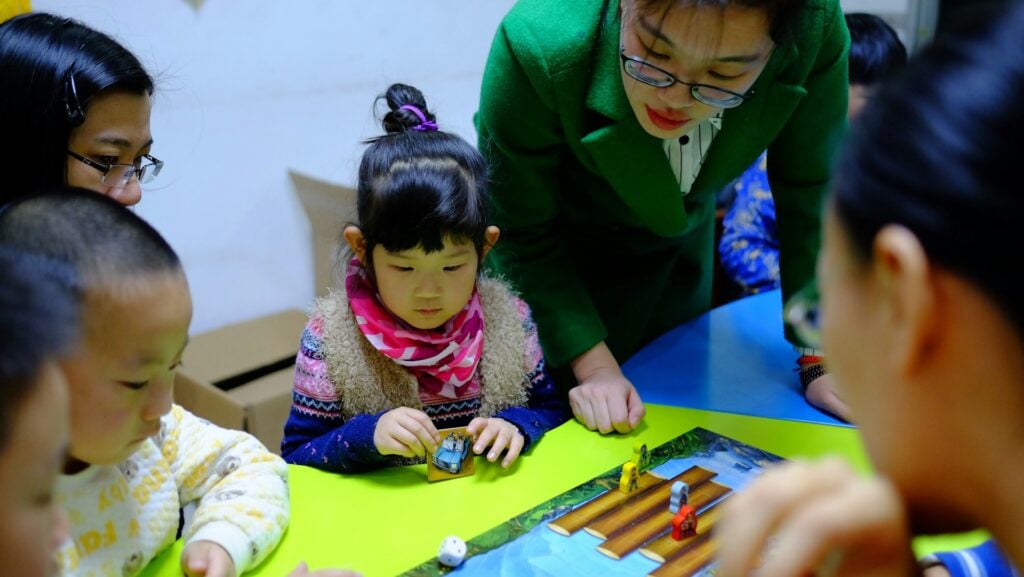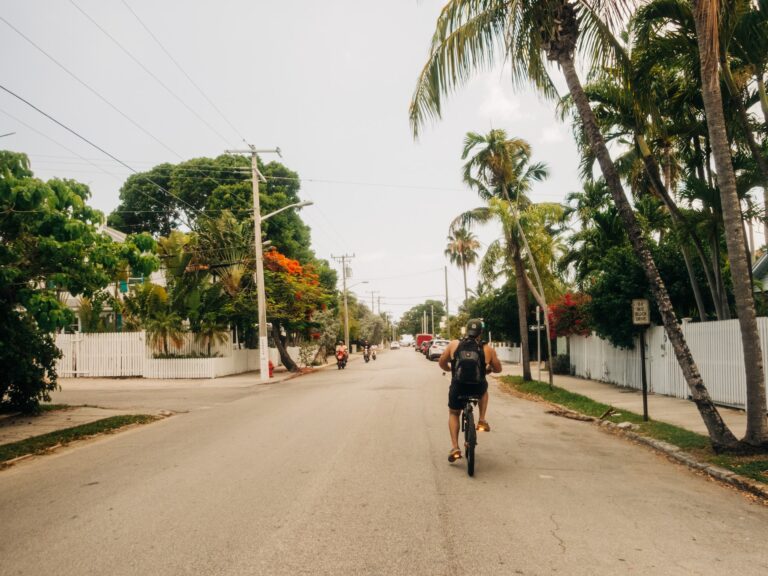What Kids Need To Know About Extreme Heat and Climate Change

The climate crisis affects everyone, but future generations will bear the brunt. While schools educate children on this topic, parents must also address it. If you’ve ever wondered how to explain climate change to a kid, the answer is with honesty — and hope. Here’s a guide to why those conversations matter, and how to empower your children to navigate this highly emotional topic.
Why Talk to Kids About Climate Change?
As parents, you are better placed to support your child than their school is — and when it comes to eco-anxiety, that support can make a big difference.
Worldwide, almost 60% of adolescents and young adults report being very or extremely worried about climate issues, with 75% fearful of the future. The answer is not to give them less information but rather to give them more to empower them.
You may worry whether talking about this will increase your child’s anxiety, but remember that they will already be hearing worrying things, whether at school, from their friends or on social media. They are exposed to this information with or without you, so help them process it.
How Climate Change is Directly Impacting Kids Right Now
Environmental impacts are already being felt worldwide, and children are more vulnerable to these effects than most adults. Beyond the trauma of potentially being caught in a major event, kids face several climate-related health hazards, including:
- Respiratory illnesses: Children can develop these from drought dust, particulate matter, wildfire smoke, prolonged allergy seasons or mold.
- Heat illnesses: These are especially prevalent in infants, young athletes or kids in homes without air conditioning.
- Water-borne illnesses: Flooding and storms can contaminate water bodies and drinking water.
- Insects: Ticks and mosquitoes are expanding their ranges and active periods. Because children often play outdoors, they are more exposed to these than adults.
How to Explain Climate Change to a Kid
What you can say to your child depends on their age and maturity level. You know your little one best, so be guided by instinct.
Climate Change for Young Children
For little ones up to six, use simple terms and analogies, such as describing the greenhouse effect as Earth’s blanket. Explain that the blanket has become too thick because of all the energy we use. Add visual aids like pictures of the Earth, snugly wrapped up.
Emphasize that grown-ups and the world’s best scientists are working hard to fix the problem. Let them know there are things they can do, too, like turning off lights and recycling. Spend time outdoors with your child and read books about nature, to help grow their love of the environment they will inherit.
Climate Change for Older Children
Kids aged seven and over will be learning about these issues at school. Build on the basics by explaining how burning fossil fuels releases greenhouse gases, which trap heat and make the planet warmer. Discuss how things they use daily, like cars and electricity, are connected to the problem. Talk about how a warmer planet can lead to bigger storms, melting icecaps and challenges for animals.
Encourage older kids to help reduce energy consumption, plant trees and recycle. Discuss innovative solutions being explored around the world. Activities like stargazing can feel empowering because awe increases a sense of connection to humanity.
Climate Change for Teenagers
Teens may know more about climate science than you do. Focus on actions they can take, such as getting involved with school or community projects, local advocacy or joining relevant youth organizations. Discuss social justice and how climate change disproportionately affects some communities.
Encourage your teens to use their voices to educate and inspire others. They are the generation best placed to put pressure on the world’s leaders.
The Importance of Balancing Truth With Positivity
For all age groups, it’s important not to gloss over the situation or offer false reassurances. Accept that the world faces a major challenge and that adults were initially slow to act — but reinforce that people worldwide are working together to do what they can.
Your kids may already be deeply worried. Try to use active listening techniques to understand their key concerns and be there for them without pretending you have all the answers.
Exploring Solutions and Hope
Share positive stories of kids and communities making a difference. Research shows that having a sense of agency helps mitigate climate anxiety in young adults. This likely assists younger age groups, too. Focusing on practical actions inspires hope.
If the conversation does become difficult or upsetting, head out for some exercise to blow off steam. Exercise releases endorphins that relieve stress, so talking about climate issues just before a playground visit or a sports session can be a good strategy.
Adopt family strategies such as reducing waste or using smart devices to save energy. This shows how every individual and household can contribute positively to a global challenge.
How Kids Can Stay Safe in Extreme Heat
Extreme heat is the most common direct climate change experience for children in the U.S. The EPA estimates that heat can cause a 4-7% reduction in academic achievement annually. As temperatures increase, especially in the Southeast, related emergency department visits are also likely to rise.
Every parent should memorize the signs of heat-related illness and watch their kids carefully, but children must also understand how to keep themselves safe. Teach them to:
- Drink water throughout the day, not only when they feel very thirsty.
- Seek shade in the playground or in the yard.
- Wear sunscreen and a hat to play outside.
- Ask a trusted adult for help if they start to feel unwell.
Take Care of Yourself, Too
If you care passionately for the planet yourself, talking to your children about what they and their future offspring may one day face can be emotional. It is natural to feel guilt, sadness, helplessness or fear. Take time to calm yourself before talking.
Studies show that the positive impact of family discussions can strongly influence children’s perceptions and behaviors. You cannot change how the world got here. However, as a parent or other caring family member, you can significantly impact a child’s resilience.
Compassionately Empowering the Next Generation
How to explain climate change to a kid is at the heart of many families’ concerns. The good news is that by opening up dialogue, you can empower them to understand and take action on one of the biggest global challenges humankind has ever faced. By talking honestly and with hope, you can support your children as they grow into the generation that will hold Earth’s future in its hands.

